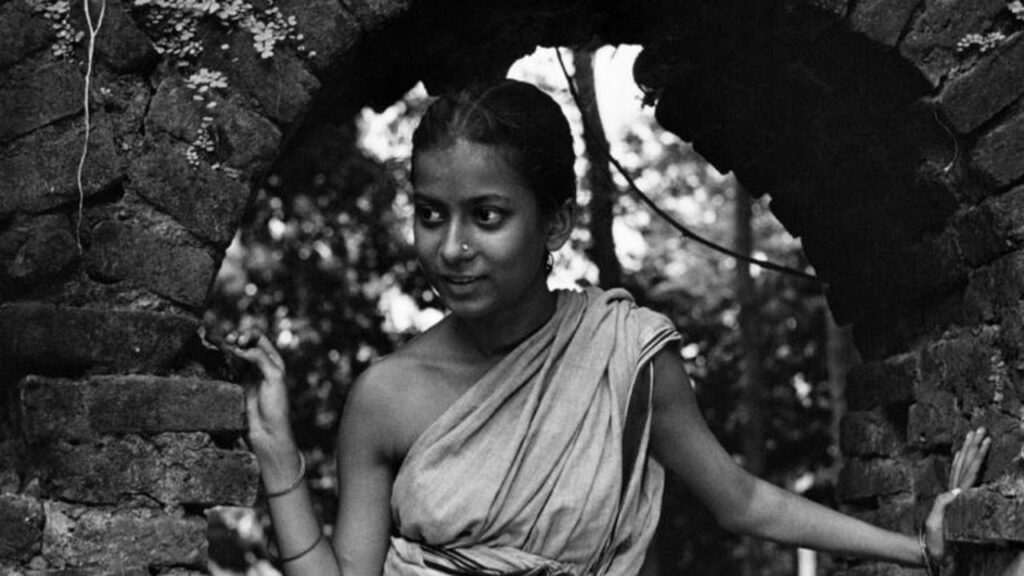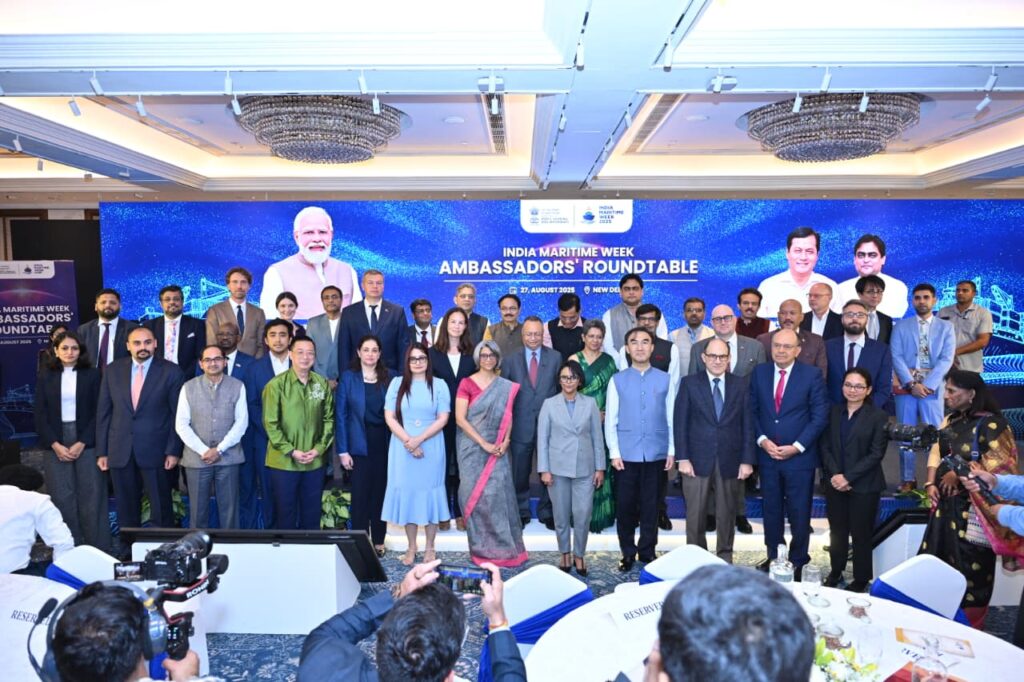Today marks the birth anniversary of Uma Dasgupta, the actress who became an unforgettable part of Satyajit Ray’s cinematic masterpiece Pather Panchali. She passed away in Kolkata on November 18 last year at the age of 84. She was best known for her portrayal of Durga Roy, the spirited older sister of Apu in Ray’s iconic debut film, which was released in 1995.
Her role as Durga in Pather Panchali remains one of the most memorable performances in Indian cinema, marking the beginning of a new cinematic era in India and creating a lasting impact on both the Indian and international film communities.
In Pather Panchali, Ray introduced the world to the life of a poor Bengali family in rural India, with a focus on the lives of young Apu and his sister Durga. The film was a landmark in Indian cinema for its stark realism and poignant storytelling, and it is still regarded as one of the greatest films ever made. Ray’s filmmaking journey took a profound turn after meeting French filmmaker Jean Renoir and watching Vittorio De Sica’s Bicycle Thieves, which introduced him to Italian neorealism.
This influence led him to adopt a realist approach, starting with Pather Panchali, a landmark film that set a high standard for realistic cinema. Ray’s subsequent works consistently addressed various social issues, blending artistic depth with socio-political relevance. Uma Dasgupta plays Durga, a character marked by a blend of youthful exuberance and vulnerability. Her portrayal reflects the joy of childhood and the looming threat of death, making her one of the most tragic and beloved characters in Indian film history.
Ray’s decision to cast a relatively unknown child actress for the role of Durga was a reflection of his dedication to realism in film. At the time, there were no established child actors in Indian cinema, and Ray was committed to casting non-professional actors who could bring an authenticity to the film that professional performers could not.
In Uma Dasgupta, he found a natural talent, and her portrayal of Durga is considered the heart of the film. From Durga’s mischievous antics, like stealing guavas from a neighbor’s garden to her deep bond with her
younger brother Apu, Dasgupta’s performance brought an emotional depth to the character that was not just an acting triumph but an emotional experience for audiences.
Despite the success of Pather Panchali, Uma Dasgupta’s career in film was relatively short. After the film, she chose to step away from the limelight focusing on her personal life. She expressed in interviews later in life that the experience of working with Satyajit Ray had been transformative for her, but she had no desire to continue acting in the film industry. This was a choice that spoke to her personality—humble, private, and unassuming despite her monumental contribution to one of the most important films in the history of cinema.
The film not only won the “Best Human Document” award at the 1956 Cannes Film Festival, but it also helped establish Satyajit Ray as one of the most important directors in world cinema. The impact of the film was global, and Uma Dasgupta’s role as Durga became a part of its universal appeal. As Pather Panchali travelled to international film festivals, its themes of family, survival, and loss resonated with audiences around the world, and the performance of its young cast, particularly Dasgupta, was widely praised.
For Ray, the film marked a significant shift in the style and narrative of Indian cinema. The traditional Bollywood formula, which focused heavily on music and dance, was replaced by a more grounded and humanistic approach in Ray’s films. Pather Panchali broke away from commercial cinema and instead portrayed life in rural India with stark realism. The film’s focus on the simple, often painful lives of ordinary people marked it as a new chapter in the history of Indian film. Durga, as a character, was central to this shift, bringing emotional weight to a plot that was as much about the constant struggles of life as it was about human connection and loss.
Pather Panchali was not just a groundbreaking film for its storytelling and style, but also for its depiction of the lives of women. Through Durga, Ray represented the dreams, struggles, and untold stories of millions of women who lived in similar circumstances. In a country like India, where traditional roles were often strictly defined, the character played by Uma Dasgupta—full of energy, defiance, and hope—was a revelation. She embodied all of these qualities in her performance, making Durga a character who would forever resonate with viewers.
While much has been written about Ray’s artistic brilliance, Uma Dasgupta’s crucial part in the film’s emotional impact has often been overshadowed by the larger-than-life influence of the director. Her chemistry with Subir Banerjee, who played her younger brother Apu, was central to the film’s heartwarming moments. Durga’s death in the film—tragic, untimely, and senseless—was one of the most heart-wrenching sequences in the history of Indian cinema, leaving an indelible mark on the audience as one of the defining moments of the plot.
The relationship between Satyajit Ray and Uma Dasgupta was built on trust and a shared vision for the film. Ray, known for his meticulous approach to filmmaking, relied on his actors to bring his vision to life in the most authentic way possible. In Uma Dasgupta, he found someone who could translate his vision into a raw, emotional performance that captured the essence of Durga.
Her contribution to Pather Panchali helped make the film what it is today—a cinematic masterpiece that continues to inspire filmmakers, critics, and audiences alike. Ray himself once said that the success of Pather Panchali was due in no small part to the dedication of the cast, and Uma’s portrayal of Durga was undoubtedly one of the film’s most significant strengths.
In her later years, Uma Dasgupta lived a quiet life, however, her performance transcends time and place, remaining as powerful today as it was when Pather Panchali was first released. As we mourn the loss of Uma Dasgupta, we also celebrate her legacy. Her portrayal of Durga will remain etched in the minds of cinema lovers for generations to come. Her role in Pather Panchali was not just a career-defining performance—it was a contribution to the very soul of Indian cinema. In her, we see the universal themes of family, innocence, and loss, and her legacy is a reminder of the timeless power of storytelling. It lives on.
Amal Chandra is an author and columnist, while Nithi Lahiri is a writer, cartoonist, and a
Postgraduate in Political Science from the University of Calcutta.
Disclaimer: The views and opinions expressed in this piece are those of the author and do not necessarily reflect the views of the editorial board or the organization.

















